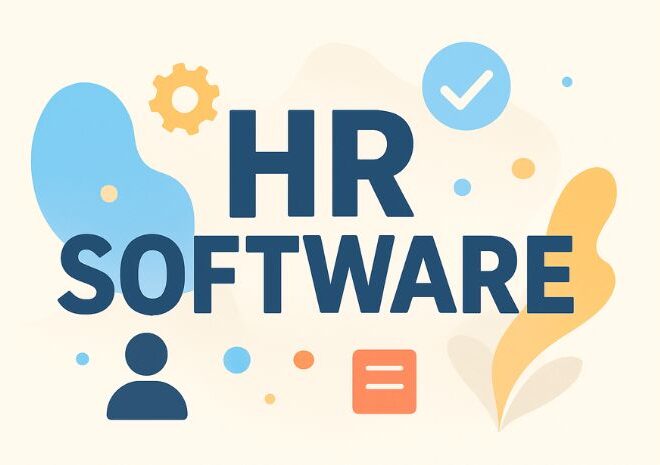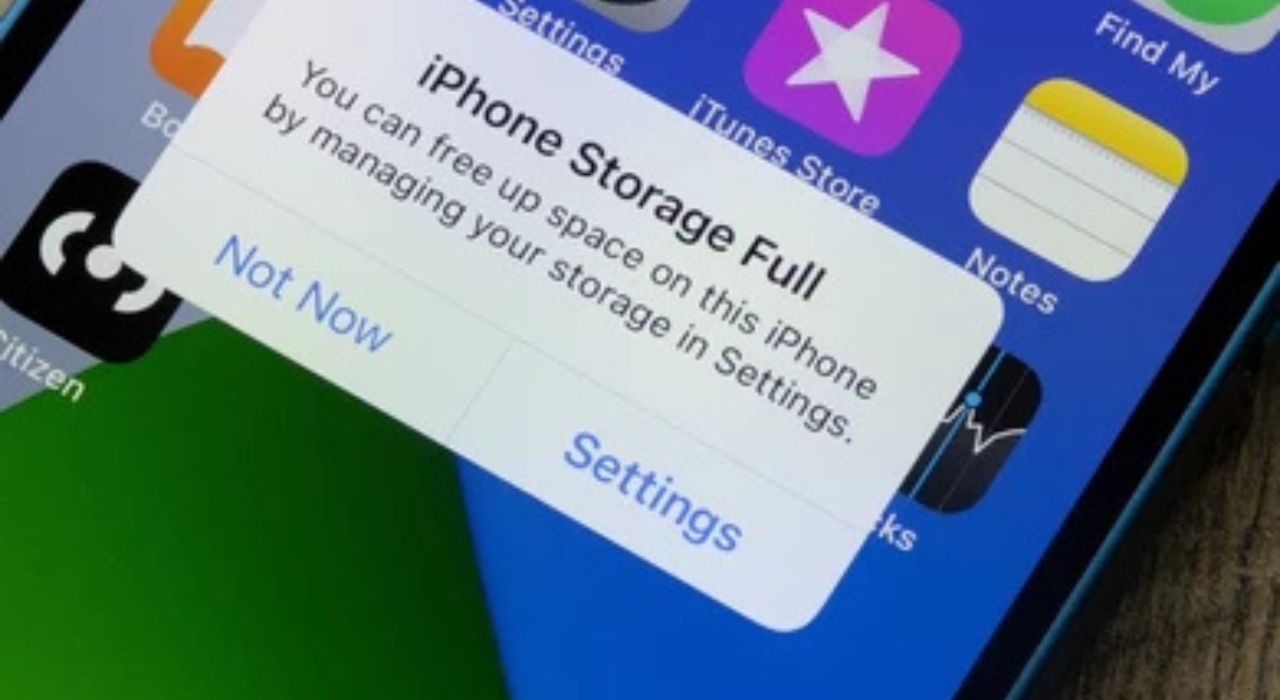
What Is the Difference Between Apps and Software?
In our digital world, terms like “apps” and “software” are often used interchangeably. You might download an app on your phone or install software on your computer, but are they the same thing?
The quick answer: All apps are software, but not all software are apps. Here’s a detailed explanation to clear up the confusion once and for all.
What Is Software?
Software is a broad term that refers to all programs and instructions that tell a computer or device how to function. It’s the backbone of any digital device, whether it’s a laptop, smartphone, or tablet.
Main Types of Software
- System Software – Runs and manages the hardware and core functions of a device.
- Examples: Windows, macOS, Android, iOS
- Examples: Windows, macOS, Android, iOS
- Application Software (Apps) – Programs designed for specific user tasks.
- Examples: Microsoft Word, Photoshop
- Examples: Microsoft Word, Photoshop
- Utility Software – Optimizes and maintains system performance.
- Examples: Antivirus software, Disk Cleanup tools
- Examples: Antivirus software, Disk Cleanup tools
Simply put, software is the entire ecosystem of programs that make a device functional.
What Are Apps?
The term “app” is short for “application software.” Apps are designed to perform specific tasks for end users, such as messaging, shopping, or video editing.
Key Features of Apps
✔ Task-Oriented – Focused on solving specific problems or offering services.
✔ User-Friendly – Built for easy interaction with a simple interface.
✔ Platform-Specific – Commonly developed for mobile devices, but also available on desktops.
Popular Examples of Apps
- Social Media: Instagram, Facebook
- Productivity: Google Docs, Microsoft Teams
- Entertainment: Netflix, Spotify
Apps vs Software: Key Differences
| Aspect | Software | Apps |
| Definition | A broad term covering all computer programs, including apps, operating systems, and utilities. | A subset of software designed for specific user tasks. |
| Scope | Includes system software, utilities, and application software. | Focused solely on user-oriented functions. |
| Purpose | Runs devices, manages hardware, and provides core functionality. | Helps users complete specific tasks. |
| Examples | Windows, macOS, Linux, Antivirus software. | WhatsApp, Zoom, Candy Crush. |
| Devices | Found on computers, servers, and mobile devices. | Primarily associated with smartphones and tablets, but also on desktops. |
Why Are Apps and Software Confused?
The confusion largely comes from language trends. With the rise of smartphones, the word “app” became popular because of app stores (Google Play, Apple App Store). But technically, apps are just one category of software.
- You install software on your computer.
- You download apps on your phone.
Both, however, are software at their core.
Which One Do You Need?
- If you need to run and control a device, you need system software like Windows or Android.
- If you want to perform a specific task (chatting, editing photos, streaming music), you need an app.
Conclusion
To summarize, software is the larger category that includes operating systems, utilities, and apps, whereas apps are specialized programs created for specific tasks.
Think of it this way:
✅ Software = The whole toolbox
✅ Apps = Individual tools for specific jobs
So next time you use your device, you’ll know exactly whether you’re working with software as a whole or just one of its many apps.


